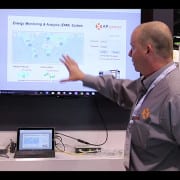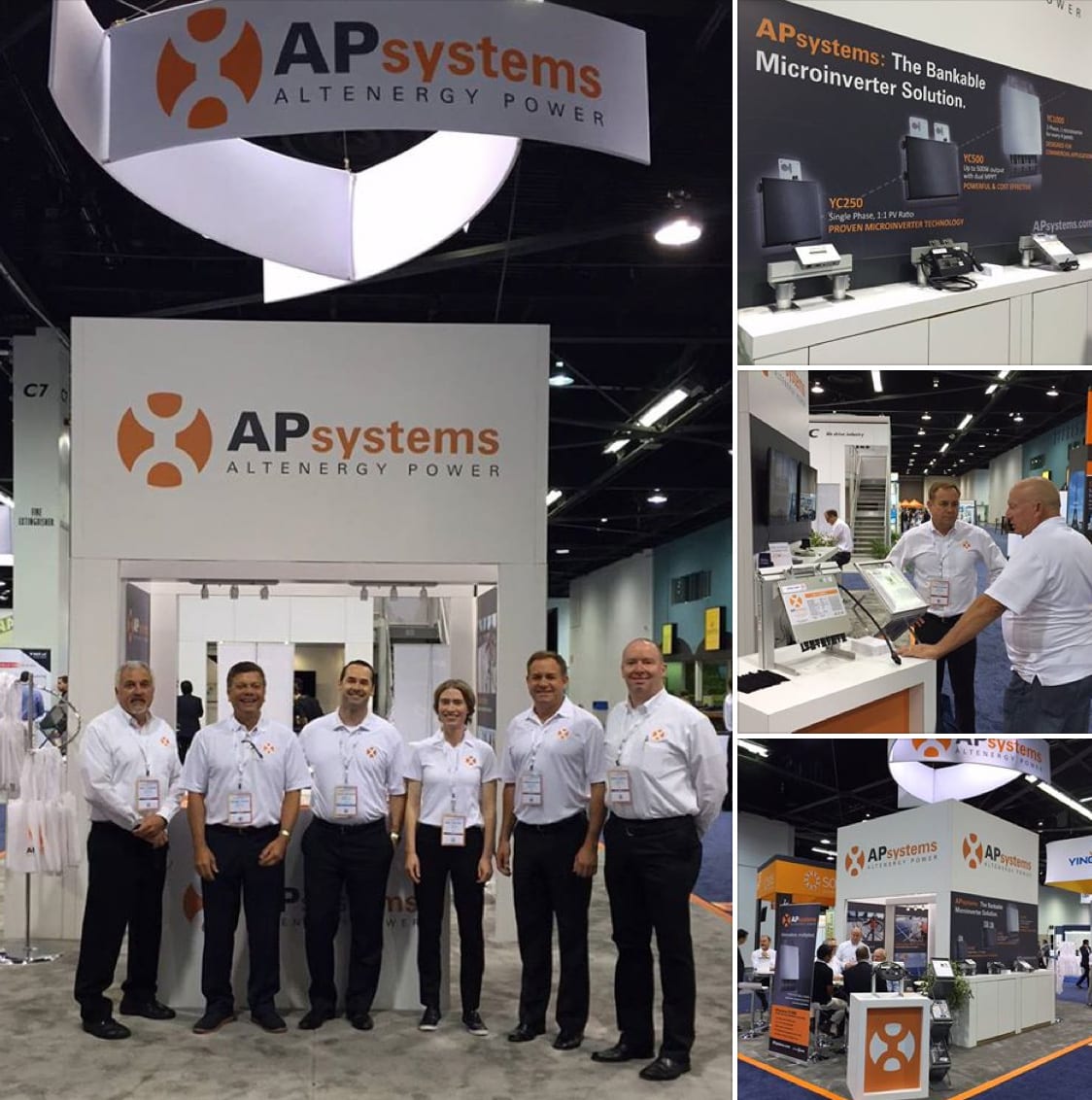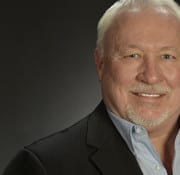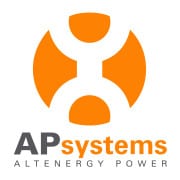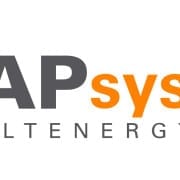FOR IMMEDIATE RELEASE
SEATTLE – APS, a global leader in solar technology, is now APsystems.
The brand refinement highlights the company’s commitment to powerful alternative energy solutions, and its evolution from a product-oriented portfolio to a whole-systems innovator.
The phrase “Altenergy Power,” a nod to the company’s original legal name, will appear beneath APsystems in the company’s new mark.
“We’ve been asked at times what ‘APS’ stood for, and it was a trade name we fell into largely for simplicity,” said Kelly Samson, APsystems CEO, U.S. operations. “As our company has become prominent in the marketplace, and our range of offerings expands, we want to make our commitment to alternative energy and advanced power systems more explicit. APsystems is who we are and what we’re about.”

The new positioning follows the company’s strong growth and industry recognition in the U.S. and international solar markets over the past two years.
APsystems is headquartered in Seattle, USA, and Jiaxing, China, with regional offices in Europe and Australia.
The company was founded in Silicon Valley in 2009 with a single product offering, a first-generation microinverter.
An ongoing commitment to research and development, engineering and technology innovation has created a robust module-level power electronics (MLPE) solutions portfolio. The company’s technology is also featured in integrated PV solutions by other solar industry leaders.
More than half of the APsystems workforce is involved in R&D engineering, underscoring the focus on constant product advancement and innovation.
The company’s flagship product, the YC500 microinverter, broke ground among MLPE offerings as the most powerful unit to handle two solar modules simultaneously, simplifying PV system design and significantly lowering installation costs on a per-watt basis.
More recently, the YC1000 microinverter entered the solar market as an innovative, purpose-designed unit for commercial applications. The fourth-generation technology offers true 3-phase (balanced AC) output and handles up to four modules per unit, bringing microinverter technology to the untapped commercial segment for the first time.
The microinverters have been successfully deployed on five continents.
“We’ve been very successful providing an alternative to conventional ‘string’ power inversion, moving the market toward microinverters as the standard for residential and small-scale commercial solar applications,” said Andrew Lonseth, APsystems president, U.S. operations. “As we expand our systems portfolio, we will continue to bring new and innovative technology offerings to the alternative energy market.”
APsystems products are designed around a flexible and powerful Field Programmable Gate Array (FPGA) integrated circuit, giving the company a significant competitive advantage in design, manufacturing, reliability and cost effectiveness.
The company’s microinverter line is programmable to any grid standard anywhere in the world, and is backed by industry-leading warranties and support.
See APsystems.com for information on the company’s worldwide operations, or usa.APsystems.com for the North American market.
—-
APsystems is a worldwide leader in the development, manufacturing and marketing of alternative energy solutions based on its own proven, leading-edge technology. APsystems is headquartered in Seattle, USA, and Jiaxing, China, with regional offices in Europe and Australia.

